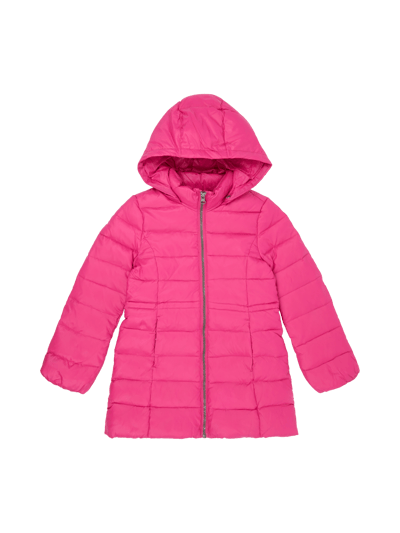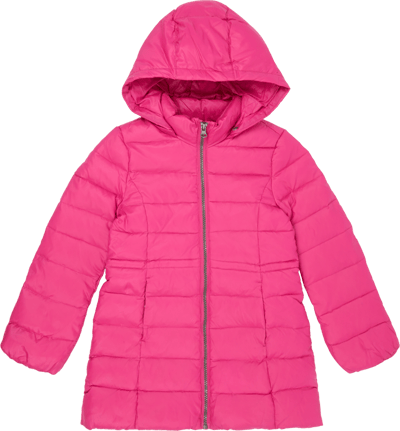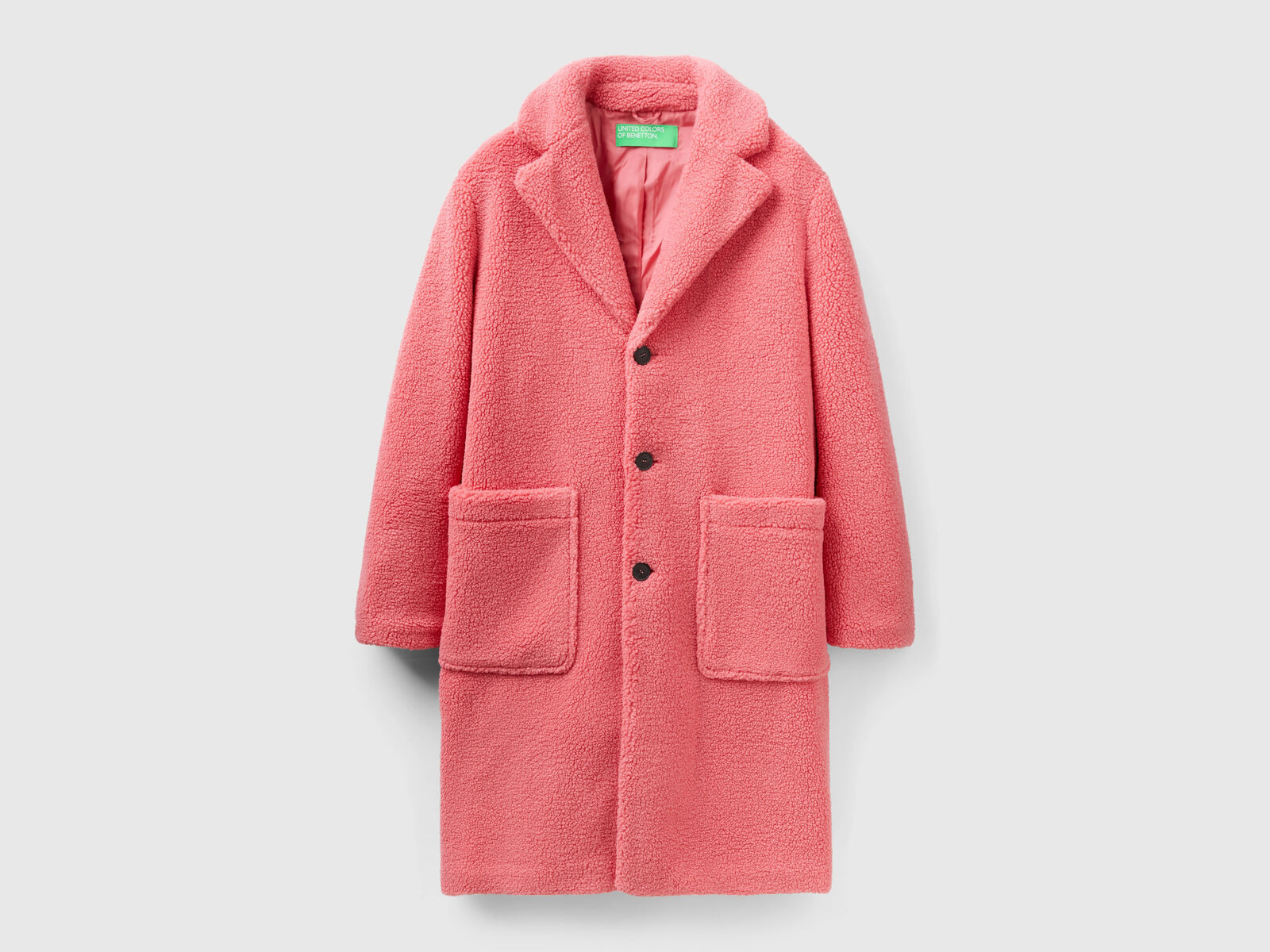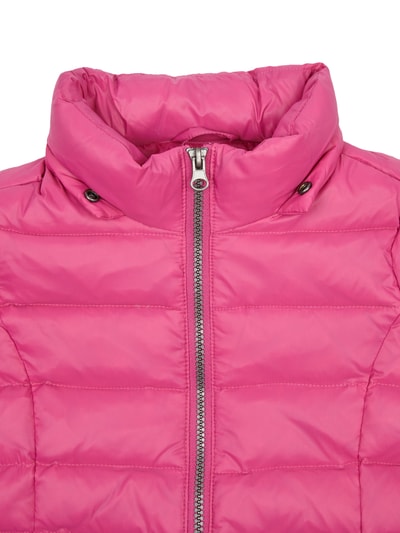
Daunenmantel Jacke Benetton 92 98 104 3 4 pink warm winter in Nordrhein-Westfalen - Frechen | Babykleidung Größe 92 kaufen | eBay Kleinanzeigen ist jetzt Kleinanzeigen

United Colors of Benetton United Colors of Benetton Mädchen Giubbotto Mantel, Pink (Sea Fog 69C), 134/140 (Herstellergröße: Large) Mäntel: Amazon.de: Bekleidung

Daunenmantel Wintermantel BENETTON Gr 146/152 Winterjacke pink in Niedersachsen - Osnabrück | eBay Kleinanzeigen ist jetzt Kleinanzeigen

/united-colors-of-benetton-daunenjacke-2sj1cn01p-rosa-regular-fit.jpg)







/united-colors-of-benetton-daunenjacke-25wudn016-orange-regular-fit.jpg)













/united-colors-of-benetton-daunenjacke-2eo0cn00t-rosa-regular-fit.jpg)
